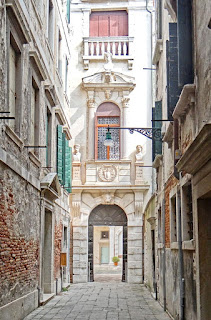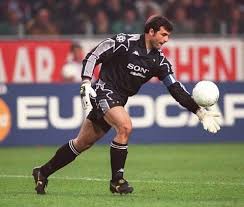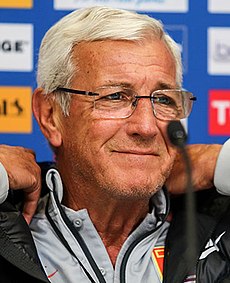Ferruccio Lamborghini - car maker
Tractor manufacturer inspired by Enzo Ferrari's 'insult'
Fans on one side of a great rivalry in Italy's performance car market were in mourning on this day in 1993 following the death at the age of 76 of Ferruccio Lamborghini. Lamborghini, who made his fortune from building tractors to service Italy's post-war agricultural recovery, set up as a car maker in 1963 in direct competition with Enzo Ferrari, who had been selling sports cars with increasing success since 1947. It is said there was no love lost between the two, not least because they first met when Lamborghini turned up at Ferrari's factory in Maranello, a few kilometres from Modena, to complain to Enzo in person that Ferrari were using inferior parts. Lamborghini had become a collector of fast cars and owned a Mercedes-Benz 300SL, a Jaguar E-Type and two Maserati 3500 GTs among others. He acquired his first Ferrari, a two-seater 250GT with bodywork designed by Pinin Farina, in 1958, and went on to own several more. He was generally unimpressed, complaining that they were noisy and rough and essentially re-purposed track cars, with too little luxury refinement. Read more…
__________________________________________________________________
The Barber of Seville premieres in Rome
Rival fans wreck debut of Rossini’s most famous opera
The Barber of Seville, the work that would come to be seen as Gioachino Rossini’s masterpiece of comic opera, was performed for the first time on this day in 1816 at the Teatro Argentina in Rome. Commissioned by the theatre’s owner, Duke Francesco Sforza-Cesarini, it had a libretto by Cesare Sterbini based on the French comedy play Le Barbier de Séville and was originally entitled Almaviva or The Useless Precaution, out of deference to Giovanni Paisiello, the most popular composer in Italy in the 18th century, whose own version of Il barbiere di Siviglia had been very successful. The second part of the same text, by Pierre Beaumarchais, was behind Mozart’s opera The Marriage of Figaro, which premiered four years after Paisiello’s. Nonetheless, Paisiello’s loyal fans saw Rossini’s opera as an attempt to steal their favourite’s thunder, whatever name he gave it, and organised what was nothing short of an act of sabotage, packing the theatre on opening night and proceeding to jeer, shout and catcall throughout the whole performance, unsettling the cast and leading to a number of mishaps on stage. Read more…
________________________________________________________________
Laura Bassi – scientist
Ground-breaking academic paved the way for women
Brilliant physicist Laura Bassi died on this day in 1778 in Bologna. She had enjoyed a remarkable career, becoming the first woman to earn a Chair in Science at a university anywhere in the world. When she was just 13 her family’s physician had recognised her potential and took charge of her education. When she was 20 he invited philosophers from the University of Bologna along with the Archbishop of Bologna, who later became Pope Benedict XIV, to examine her progress. They were all impressed and Bassi was admitted to the Bologna Academy of Sciences as an honorary member, the first female ever to be allowed to join. Her theses at the university showed influences of Isaac Newton’s work on optics and light. She was a key figure in introducing his ideas about physics to Italy. When she received her degree from the university there was a public celebration in Bologna. Another of her theses about the property of water led to her being awarded the post of Professor of Physics at the university. As a woman, she was not allowed to teach at the university so she gave lessons and did experiments in her own home. Read more…
_______________________________________________________________
Francesco Maria II della Rovere - the last Duke of Urbino
Last male in famous family line
Francesco Maria II della Rovere, the last holder of the title Duke of Urbino and the last surviving male from a famous noble family, was born on this day in 1549 in Pesaro in Le Marche. Descended from the 15th century Pope Sixtus IV, Francesco Maria II’s only male heir, Federico Ubaldo della Rovere, died without fathering a son, which meant the Duchy reverted to Francesco Maria II, who in turn was convinced he should give it to Pope Urban VIII, of the Barberini family. Federico’s daughter, Vittoria della Rovere, had been convinced she would be made Duchess of Urbino but had to be content with the Duchies of Rovere and Montefeltro, as well as an art collection that became the property of Florence after she had married Ferdinando II de’ Medici. Pope Sixtus IV, best known for building the Sistine Chapel in the Apostolic Palace, the official papal residence in Vatican City, had come from a poor family in Savona in Liguria, but once elected pope became wealthy and powerful and set about ensuring that his personal prosperity was used to the betterment of his family. He soon made his nephews Giuliano della Rovere (the future Pope Julius II) and Pietro Riario both cardinals and bishops. Read more…
Home




























